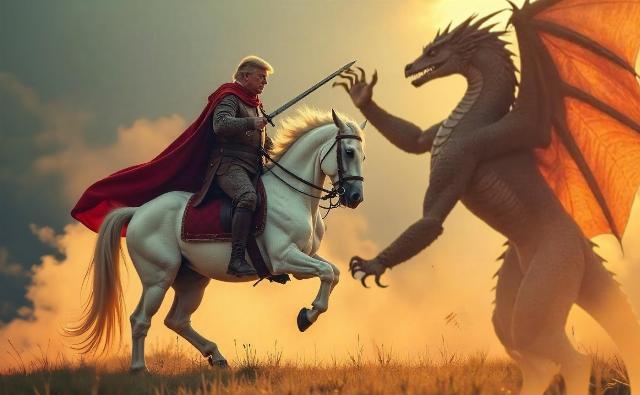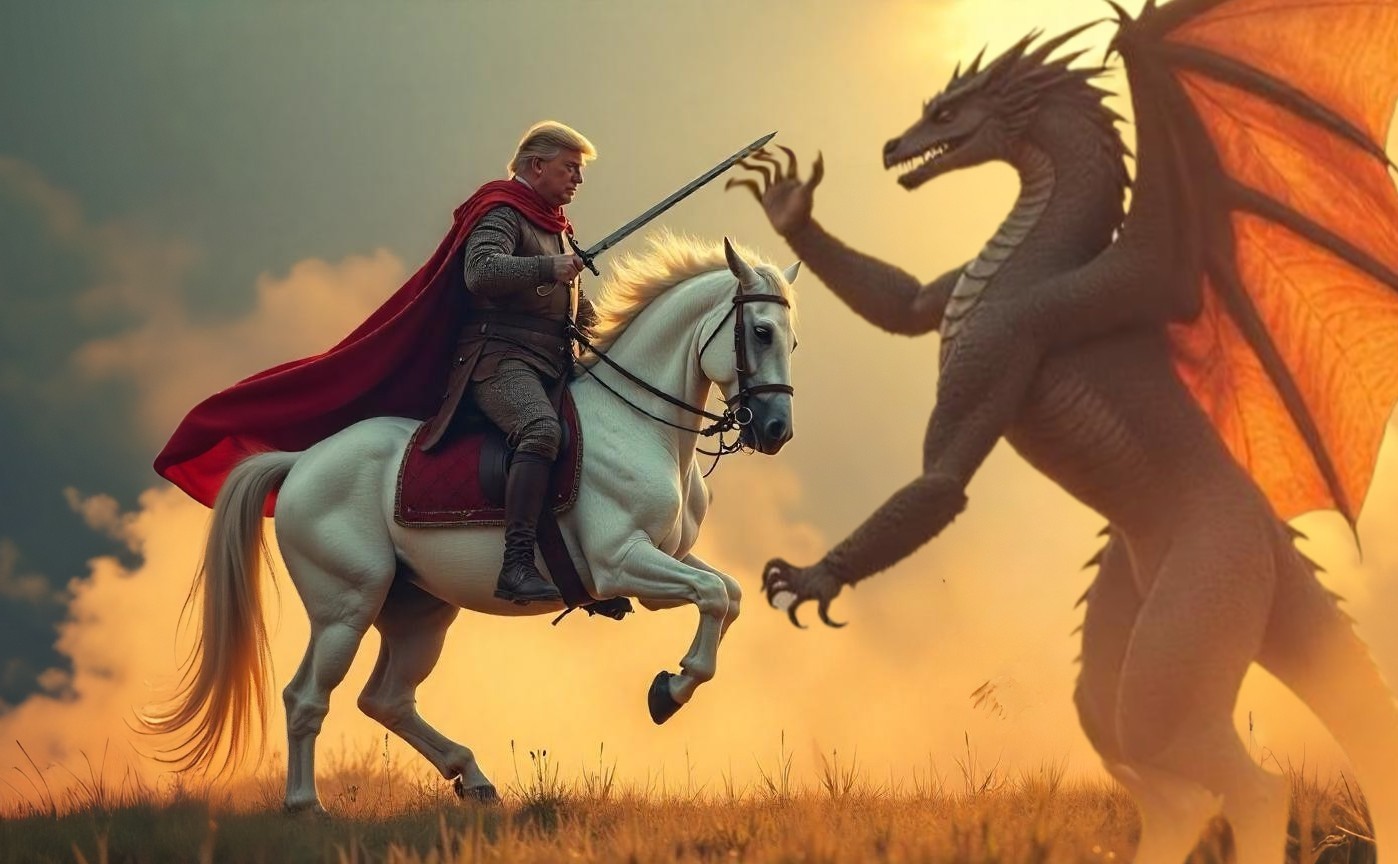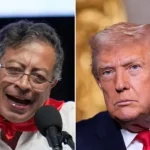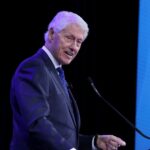

AI
The idea that the President can and should direct the entire executive branch runs counter to the technocratic norms that shaped modern federal governance.Something strange is happening in Washington, and many Americans can feel it — even if they don’t yet know how to describe it. Executive agencies are being reorganized, officials are removed or sidelined for disloyalty, and presidential control over once-independent departments is tightening. To some, this looks like chaos or even authoritarianism. But beneath the headlines is something more deliberate: the full realization of a constitutional theory that has long been debated in legal circles but rarely seen in practice.
It’s called the Unitary Executive. And it’s no longer just a theory.
At its core, Unitary Executive Theory holds that all executive power — every function of enforcement, administration, and execution of federal law — resides with the President alone. That power may be delegated to subordinates, but never truly shared. As a matter of constitutional design, this is not a radical claim. Article II begins simply: “The executive Power shall be vested in a President of the United States of America.” Unitary theorists take that language seriously.
So why does it feel so unfamiliar now?
Because for most of the 20th century, presidential power operated within an expanding administrative state, often defined more by expertise than hierarchy. Congress created agencies, insulated them from direct political control, and entrusted vast decision-making authority to unelected officials. Even presidents who chafed against this system — like FDR with independent monetary boards, Nixon with the EPA, or Reagan with civil rights enforcement — generally operated within it, navigating around entrenched agencies rather than dismantling them.
The idea that the President can and should direct the entire executive branch runs counter to the technocratic norms that shaped modern federal governance. But those norms are not constitutional requirements. That’s why President Trump’s renewed assertion of direct control — whether over the Justice Department, the Department of Homeland Security, or the civil service more broadly — has struck so many observers as abnormal. It is abnormal. It’s also constitutional, at least according to a long line of conservative legal scholarship and multiple Supreme Court rulings that have tilted steadily in this direction.
<img alt captext="AI” class=”post-image-right” src=”https://conservativenewsbriefing.com/wp-content/uploads/2025/04/welcome-to-the-unitary-executive.jpg” width=”450″>When Trump and his allies speak of a “deep state,” they’re not just critiquing bureaucracy — they’re challenging the very legitimacy of executive officers who operate independently of presidential authority. According to the Unitary Executive theory, the Constitution doesn’t merely permit the President to fire subordinates who resist his agenda — it requires it. In fact, independence within the executive branch is seen as a constitutional defect.
Critics are right to raise alarms about how President Trump might abuse this power. But too many are missing the deeper story. We are not witnessing the collapse of the rule of law, but a clash between two very different visions of executive power: one rooted in the post–New Deal administrative state, the other in a strict reading of the constitutional text.
This clash has been decades in the making. In Morrison v. Olson (1988), the Supreme Court upheld the constitutionality of independent counsels — over a fiery dissent from Justice Antonin Scalia, who warned that executive power must remain singular and accountable. Years later, in Seila Law v. CFPB (2020), the Court moved firmly toward Scalia’s view, striking down provisions that limited the President’s ability to remove the head of an independent agency. The foundation for what we’re seeing now was laid not by Trump alone, but by a jurisprudential shift that’s been building for a generation.
Whether one agrees with the Unitary Executive or not, it’s essential to understand what it is — and what it isn’t. It is not martial law. It is not a dictatorship. It is a theory of presidential power rooted in the idea that voters should know who is in charge and hold them accountable. The President cannot make laws. He cannot adjudicate them. But he and only he can execute them.
Most Americans weren’t taught this theory in school. Many legal commentators still treat it as fringe, even as it increasingly drives executive behavior and judicial reasoning. But if we’re going to have a national debate about the proper scope of presidential authority — and we should — we need to start by defining our terms.
The Unitary Executive isn’t a conspiracy. It’s a constitutional theory — one that has shaped presidential behavior before, often at the margins or behind the scenes. What’s different now is the scale and visibility. For the first time, the country is watching it come to life as the central, unapologetic framework of executive power.
Justin Evan Smith is a law student, business strategist, and contributor with Young Voices. Follow him on X @thejustinevan.






